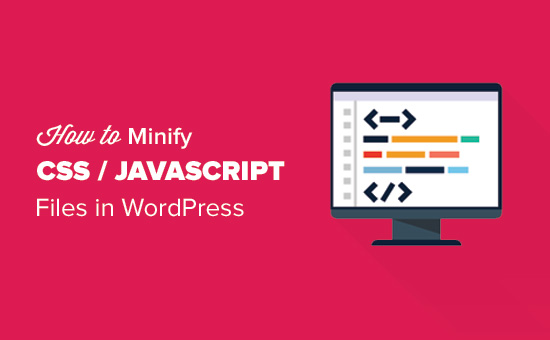
Minification is the process of removing unnecessary characters, such as spaces, comments, and line breaks, from your code. It doesn’t alter the functionality of your CSS or JavaScript files but reduces their size, making them faster to load.
For instance:
- Original JavaScript code:
function greet() {
console.log("Hello, World!");
}- Minified JavaScript code:
function greet(){console.log("Hello, World!");}Why Should You Minify CSS and JavaScript Files?
- Improved Page Load Speed: Smaller files mean faster loading times, which improves user experience.
- Better SEO Performance: Search engines like Google prioritize websites with quicker load times, leading to better rankings.
- Reduced Bandwidth Usage: Minified files consume less bandwidth, especially important for mobile users or those on slower connections.
- Enhanced Performance Scores: Tools like Google PageSpeed Insights reward websites that use optimized resources.
How to Minify CSS and JavaScript Files
There are multiple ways to minify your files, ranging from manual techniques to automated tools. Here are some options:
1. Using Online Tools
If you’re new to minification, online tools are a great starting point. They allow you to copy-paste your code and download the minified version.
- Popular tools include:
2. Using Build Tools
For developers managing large projects, integrating minification into the workflow is essential. Tools like:
- Webpack: Automates minification alongside bundling.
- Gulp: Offers plugins like
gulp-uglifyfor JavaScript andgulp-cssnanofor CSS. - Grunt: Similar to Gulp but with different plugins for minification.
3. Minification Plugins for CMS
If you’re using a content management system like WordPress, plugins simplify the process:
- Autoptimize: Automatically minifies and aggregates CSS and JavaScript files.
- W3 Total Cache: Includes minification as part of its caching features.
4. Manual Minification
For small projects or quick fixes, manual minification might suffice. Tools like Notepad++ or Visual Studio Code offer extensions for quick minification.
Best Practices for Minification
- Always Keep a Backup: Minified files are harder to debug. Retain the original files for future edits.
- Use a Version Control System: Tools like Git can help you manage changes and avoid overwriting original files.
- Combine Minification with Compression: After minifying, use Gzip or Brotli compression for additional performance gains.
- Test Your Website: Use tools like Google PageSpeed Insights or GTmetrix to ensure the minified files work as expected.
